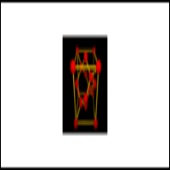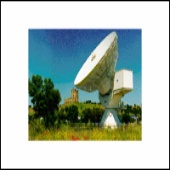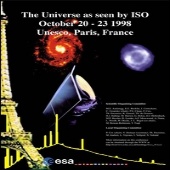ESA Science & Technology - News Archive
News archive
News archive
Published: 20 March 2000
Published: 3 February 2000
Published: 30 January 2000
Published: 19 January 2000
Published: 16 January 2000
Published: 2 December 1999
Published: 4 November 1999
Published: 30 September 1999
Published: 27 September 1999
Published: 17 August 1999
Published: 3 August 1999
Published: 2 June 1999
Published: 11 May 1999
Published: 23 April 1999
Published: 3 March 1999
Researchers who feel they have an astronomical scoop based on data from the European infrared space telescope, ISO, must now work against the clock. They risk being overtaken by other groups, especially now that the ISO Data Archive, a goldmine of discoveries filled with nearly 30 000 scientific ISO observations, is open and easily...
Published: 27 February 1999
Published: 16 February 1999
Published: 1 December 1998
Published: 28 October 1998
Published: 23 October 1998
—
20 Items per Page



















